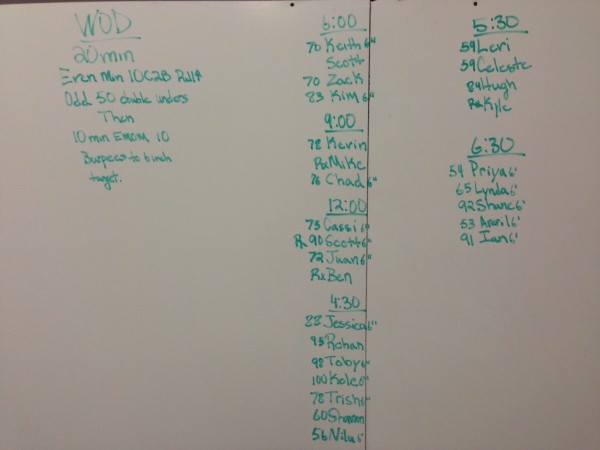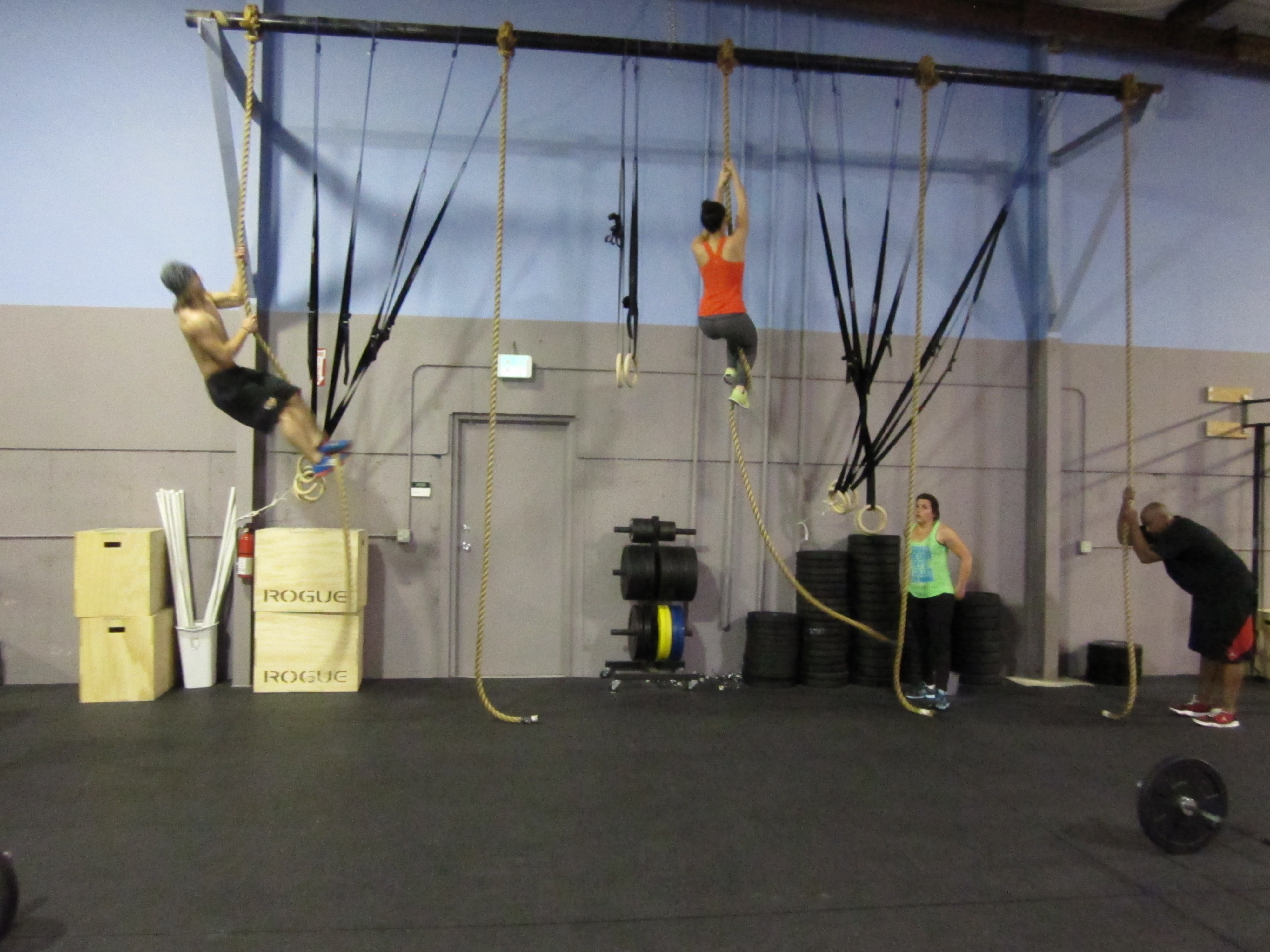WOD
Open workout 12.2:
10 min AMRAP,
30 snatches @ 75/45,
30 snatches @ 135/75,
30 snatches @ 165/100,
30 snatches @ 210/120….

Why Should Your First Pull Be Slow? ~ Luke Palmisano
A good weightlifter tries to impart as much force to the bar as possible. This is the rule, regardless of weightlifting style. You lift, accelerate, get under the bar and stand. Simple, right? So, why do we tell athletes, especially newer ones, to slow down in the first pull?
Just so we’re clear, the first pull of an Oly lift starts from the ground (or mid-shin), and goes until the moment the second pull begins (somewhere around mid-thigh, though it will be different for everybody depending on their body dimensions). Of the three pulls of the Oly lifts, it is in one sense the simplest, but seeing as how it is the one most commonly done wrong, could be considered the most complex.
Unfortunately, the Olympic lifts are so much more than simply lifting a weight over your head or to your shoulders in one motion. Finesse and timing are needed, along with no small amount of panache. So, when dealing with the Oly lifts, the first thing a coach will most likely help you to understand are the proper positions. If you exit the first pull with a bad position, it doesn’t matter how fast you are going, you won’t reach your potential. So, slowing the movement down is imperative to drive home optimum back angle and bar trajectory.
Also important is leverage. If the bar is below the knee, you have none. Meaning, you may be able to impart force onto the bar while it is below the knee, but you will not be able to impart velocity. Force and velocity move in opposite directions. So, the further you get from a point of high velocity the more force you put on the bar, and vice versa. If you have no probability of high velocity from below the knee, then why force the issue (see what I did there)? That’s right, you don’t (Is your mind blown yet). You use patience.
So, find the right set up. Generally, the weight on your foot is toward the ball of your foot. Your shoulder blades are over the bar. Hips are above the knees (knees are flared out), shoulders above hips. Knuckles are rotated down, shoulder blades retracted, and back wound up tightly into an arched position. Once attained, you need to pull the knees back with hips and shoulders rising at the same rate while at the same time maintaining the knucklesdown-shoulderbladesretracted-backarched-chestup-position that you started with. Got it? If you can’t do that properly, slow it down. Slow it down until you get it right.

